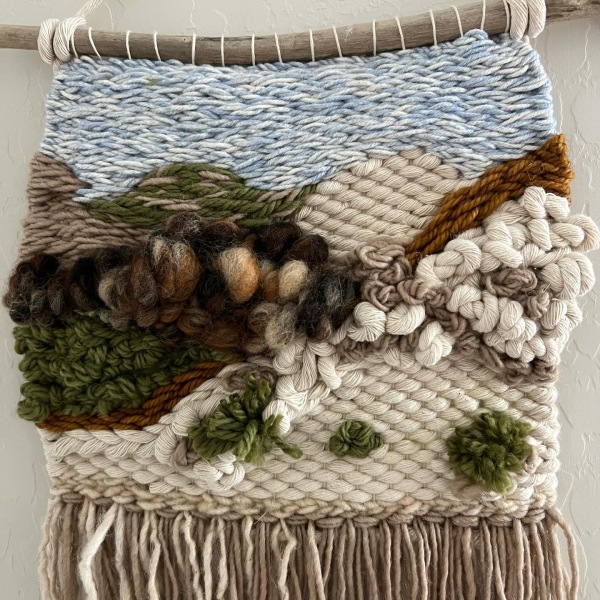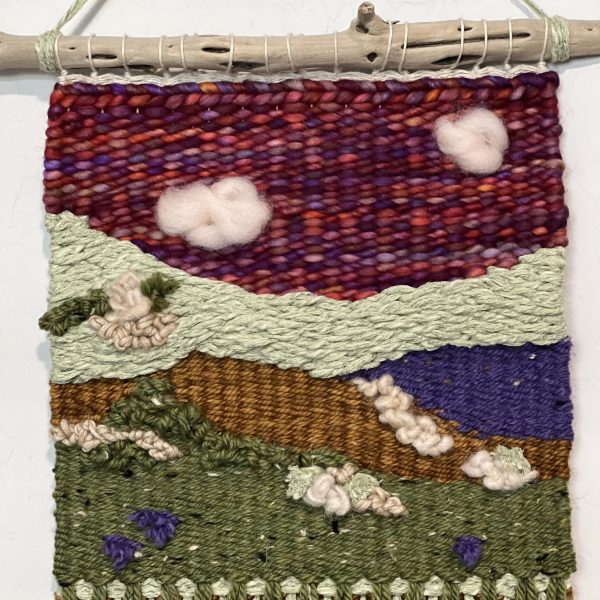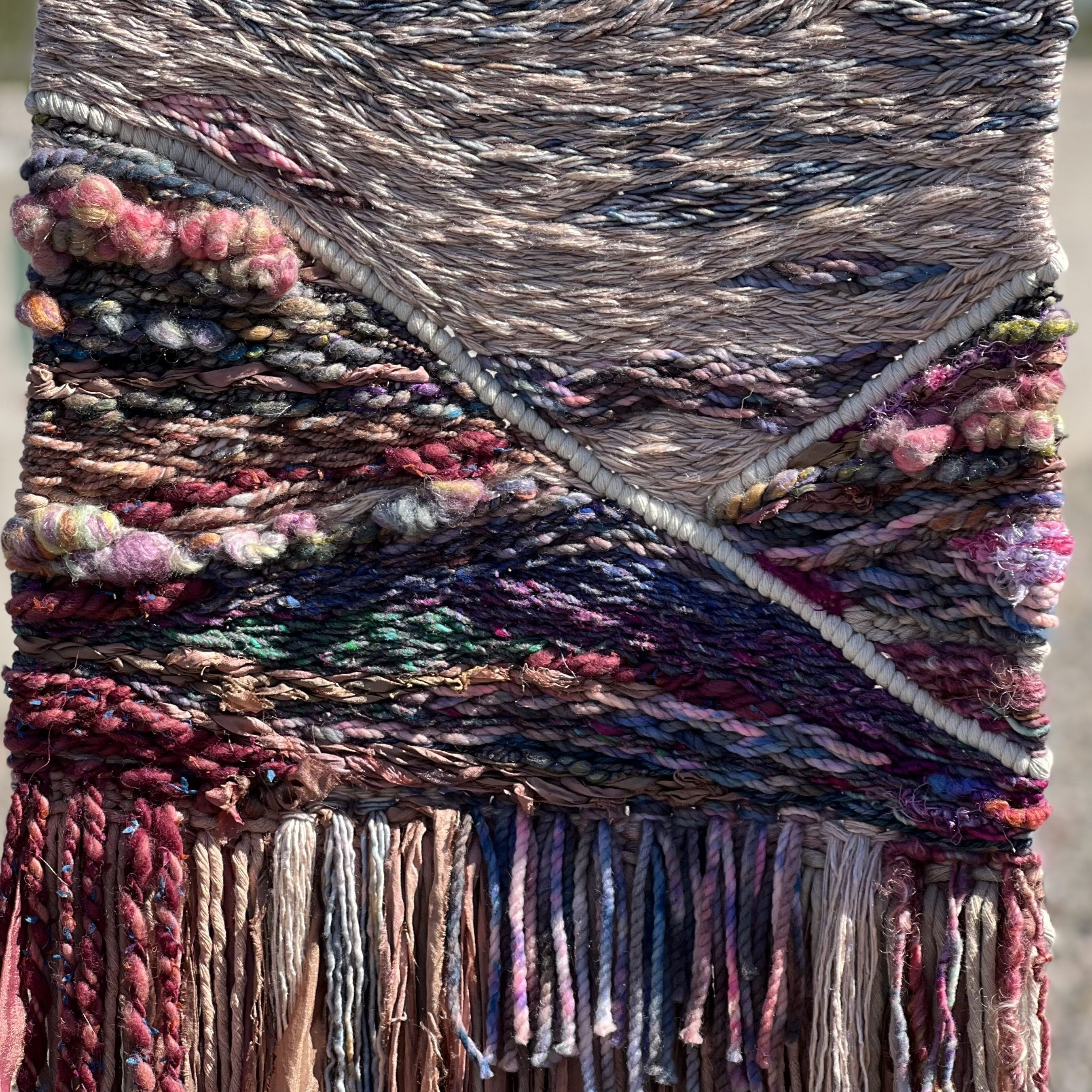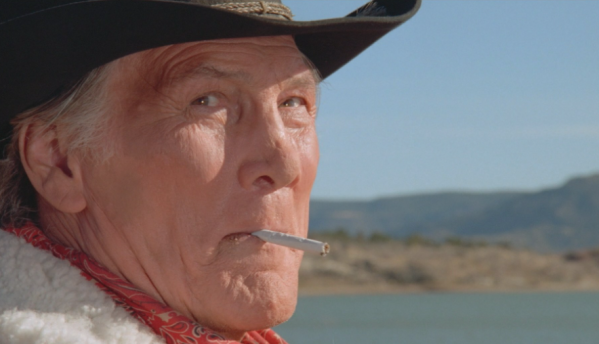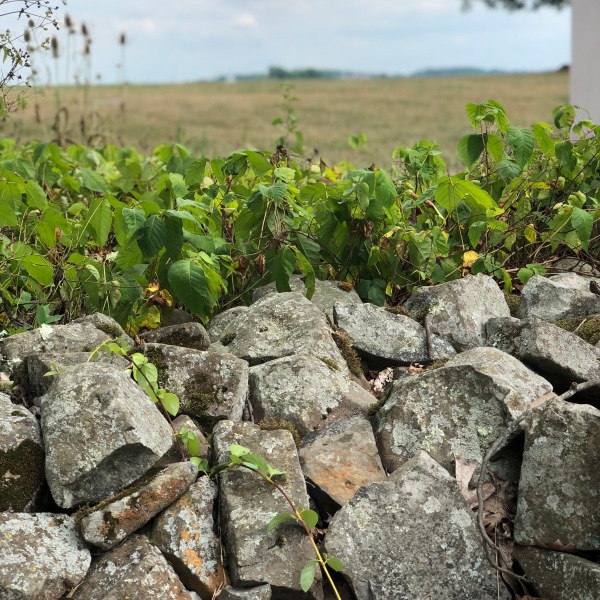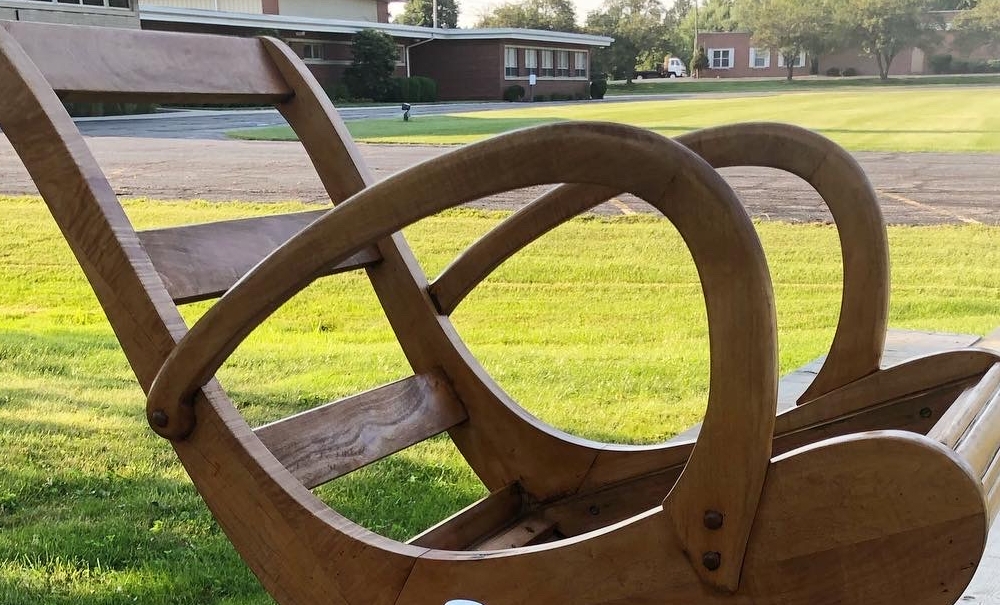I’ve read all the pandemic advice (although not my own lately, I guess), about giving ourselves permission to be rather than to do, and I have said, “Sure, I can do that.”
And, oh, how I have been. I have been sleepy; I have been sotted with drink and food; I have been famished for content and overloaded with content; I have been angry to the point of rage that no longer seethes; and I have been … happy.
I have also been a whirlwind, on occasion. A whirlwind of doing. I completely refinished and reupholstered a rocking chair. I’d been looking for a mid-century, platform rocker for years that was in my budget. I’d had one when my daughters were babies. It had been my grandparents’, and then my parents’, and when I moved out, my parents gave it to me. I also refurbished that one. Stripping off the brown peeling paint revealing the avocado green (helloooo 1970s), and absolutely beautiful mid-tone wood beneath.
The good story about the chair is that when my husband and I lived in Arizona, I did the original refinishing of the wood parts. I had been telling my husband that I cherished the chair because my grandfather had built this very rocker. And there I was, on the back porch, scraping the stripping solution and the now very gooey paint away only to reveal … a Sears label. Still, I loved it. I loved it’s lines and the beauty of the wood, and the little tiny creaking rhythm that often lulled baby and me to sleep.
Alas, sometime after the last baby was done being rocked to sleep in it, a heart-wrenching crack rang out when a visitor stood up from the chair. When I later inspected the chair, I found the brace connecting the arm to the body gave way along the grain–a long, jagged break that broke something in me, too.
We held on to the chair for years, in the garage, waiting for manna from heaven or from a source unknown to in the midst of shelling out for unexpected expense after unexpected expense that happens when you are raising three children. One day, we were cleaning out the garage so we could get the cars back in it for the winter when I finally said, Enough! Get rid of it.
And I’ve been searching for it’s equal ever since.
I know what I’ve actually been searching for are the memories of waking up in the chair with a baby draped on my shoulder, puffing sweet breath onto my neck, my arms dead asleep from resting heavily at length on the wooden arms. I know I’ve been searching for the one piece of furniture I took with me when I left California for the last time as a resident of the state, that tethered me to my parents and my grandparents in such a sturdy way. I know I’ve been searching for the sentimentality of it all, angry with myself for giving up on the chair instead of saving up the $600 (in early 2000 dollars) to repair and reupholster it.
Instead, I found another chair for $40, and used some fabric I picked up at an estate sale a year ago, even though I had no idea what I was going to use it for. I paid the $20, knowing it would do some good down the road. And then I found the energy to sand down the awful stain that had been haphazardly applied to the frame of the new/old chair. Fixed the weird rocking motion by simply putting the base on in the right direction and without all the weird paper shims that had been used as attempts at fixing it. And then I re-learned how to sew a zipper–something I don’t think I’ve attempted since my original rocker was painted avocado green–and made a box cushion (badly, but I did it), and flipped all the original stuffing onto the box springs and stapled the hell out of so many, many layers.
This, and many other crafty projects–things to flip and sell, or things to cover the faces of people I love, or things that just fancy my creative spirit–have kept me busy and made me tired and helped me forget that a pandemic has killed 180,000 Americans because, apparently, ‘merica’s got to ‘merica.
And, of course, it isn’t just the pandemic.
Loving your country is hard. Loving anything is hard, but loving your country while it kills people through negligence (see above) or through what can only be seen as a brutality toward dark-skinned people that is our original sin. Not slavery. But a brutality and self-regard by white people that made slavery last centuries, Jim Crow and lynching last decades longer, and a continued over-policing of black and brown people that allows the beatings, unlawful arrests, and straight-up murder by police officers to continue today.
American patriotism has been co-opted by the love-it-or-leave-it, gun-toting, face-screaming, unthinking people who follow instincts they don’t even realize have been ingrained in them by the well-heeled who knew that they would be vastly outnumbered and stripped of power if the poor white and black citizens voted together. Poor white people have been voting against their own interests since the end of the civil war because they did not want to be lumped in with blacks, who they had been taught to believe were not even people. I’m not talking about Southern gentry only. Look to the north, too. And look to the Midwest now, where the killings of unarmed (and sleeping) black people are creating the protests, and where you have that couple who stood on their porch and pointed loaded guns at peaceful protesters because … ‘merica?
How did I get here? I was talking about a rocking chair, wasn’t I?
The thing is, I’ve also been spending a lot of my time this pandemic relearning the history of America, or ‘merica. I’ve been reading or listening to history, as well as fiction and memoirs written by black people while I sanded that chair or made those facemasks. I’ve listened to books like Water Dancer by Ta-Nehisi Coates, Say it Louder by Tiffany D. Cross, and Stamped from the Beginning by Ibram X. Kendi (which I had to return before I could finish), as well as essays from writers I’ve been reading my whole adult life, Toni Morrison and Alice Walker. And I’ve been following Black creators on Instagram by following #amplifymelanatedvoices.
All of this was a choice. I made a conscious decision to use my time to educate myself and to push myself to listen to the voices of people who live a different life than mine because they have to.
But back to the rocking chair, sort of. My white grandparents moved from Kansas to Los Angeles, California when my father was ten–in 1939. In California, they worked as educators, and retired with a pension and a house they owned out-right. My father served in Korea, too. So he had opportunities in housing and education because of his service and his skin color.
My family has survived and thrived since they arrived in Los Angeles in the midst of the Great Depression. You would not think of them as gentry as they were not wealthy. But they were able to generate wealth over time. They were, in my mind, solidly middle class. Even my mother’s father and step-mother who lived a working class existence were able to generate wealth through land ownership and union protections for health care and pensions lived, if not a grand life, a life they appreciated well into their 90s.
I was raised in a household that was unapologetically liberal. My father, I recently learned, left ministry because the bishop he reported to did not condone the social justice bent of my father’s ministry. And even with his rabid rebellion and his public displays against the racist and anti-Christian policies of our government in the 1960s and beyond, he outlived many in that movement and his whiteness had much to do with it.
My father wasn’t a national leader. I’m not being specific about the deaths of Malcolm X and Rev. Dr. Martin Luther King, Jr. I’m talking about the up-and-comers in the anti-racist movement, often killed before they could be national leaders because the FBI had targeted them, killed them, and created plausible stories to justify the killings–at least plausible to white Americans who then felt safer because these “insurgents” were dead. I’m talking about Fred Hampton and the many others who never had a chance to become national leaders of a movement to change this country for the better.
And white America ate it up with a soup ladle.
Are you tired yet?
Are you exhausted yet?
Have you had enough yet?
If you are white, take a minute to ask yourself what it is you are tired of, exhausted from, had enough of. I’ll wait.
I could tell you more about the rocking chair and the different houses it was allowed to dwell in because it’s owners were white, while you think. Because if you aren’t tired of being lied to, aren’t exhausted by the extent of the manipulation perpetrated upon you, or had enough of the death of American citizens at the hands of police or by the policies of people who are interested more in power than in life, liberty and the pursuit of justice, then you just aren’t listening and I should go back to the sentimental story of my grandparent’s rocking chair.
People need you.
People need you to look deeper than you have and to reconcile for yourself why you are meeting this moment with anger at Black and Brown and Indigenous people who are asking you to stand with their humanity.
What in your upbringing makes you say stuff like “well if they just complied” or “why don’t they protest peacefully” or “just get a drivers license if you want to vote”? What in your upbringing makes you think America is actually fair and that we all have access to boots, let alone bootstraps? Why are you unwilling to dig deeper into understanding that America is not America for everyone. Not even, maybe, for you.
People beyond your family, your church, your book club need you. People who don’t look like you, who don’t pray like you, who don’t dance like you, who don’t dress like you, who don’t even know who you are–they need you. This is a moral moment. We cannot look away anymore from the trauma inflicted on our black brothers and sisters by a policing system who does not believe their lives matter.
It is time to make choices, friends.
It is time to educate ourselves from sources outside our circles. It is time to start loving our country with the depth it takes to require change where change is long overdue.
Centuries overdue.
So, here’s your pandemic advice: be. Be able to tell your grandchildren that when you were needed, you did your homework and showed up. You used this time to do good for others because it was the moral thing to do.
#blacklivesmatter




